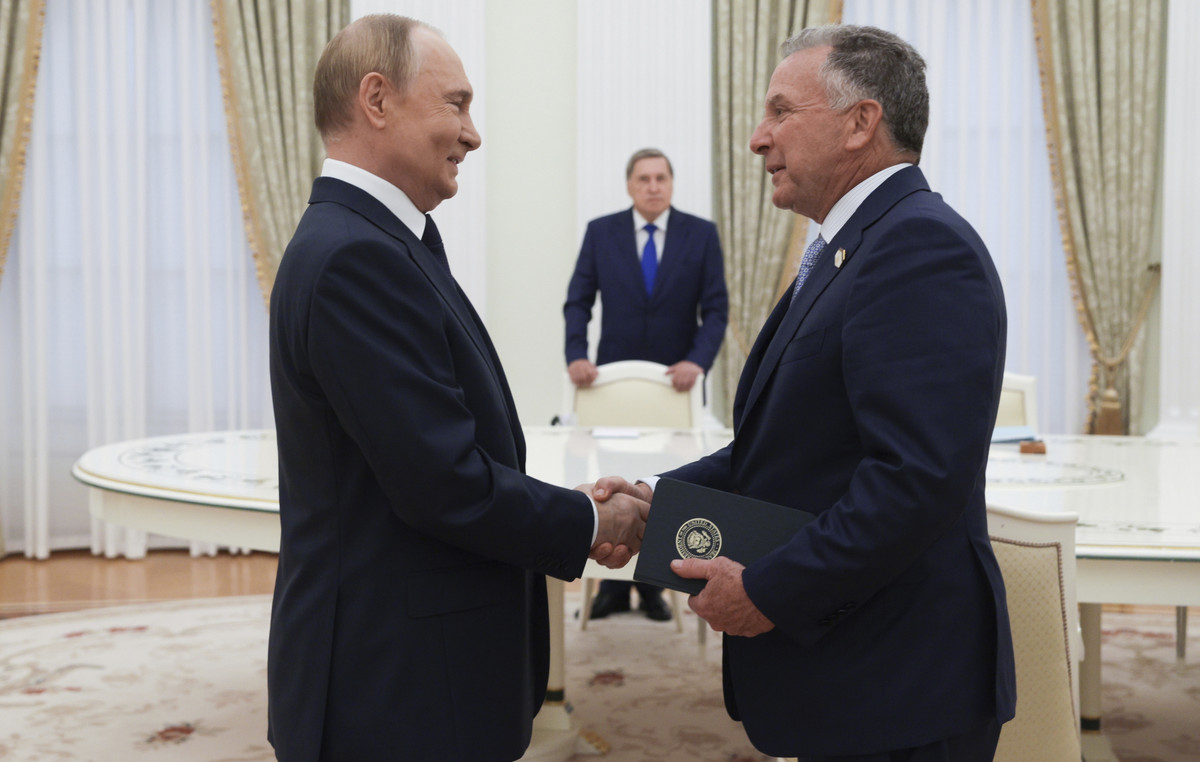- The Mexican peso remains flat against its major peers the day before the Bank of Mexico’s monetary policy meeting.
- The consensus expectation is that the bank will cut interest rates by 0.25% to 10.50%.
- USD/MXN is retreating from the resistance zone while steadily rising within its ascending channel.
The Mexican Peso (MXN) is flat against its major peers on Wednesday, ahead of the Bank of Mexico’s (Banxico) September monetary policy meeting on Thursday, which is the main event for the currency this week.
Mexican Peso traders await Banxico’s decision
The Mexican peso fluctuates between slight gains and losses against its most traded peers as traders prepare for Banxico’s monetary policy meeting on Thursday.
The consensus is for the central bank to cut interest rates by 25 basis points (bps), taking the official rate to 10.50% from the current 10.75%.
In a recent survey of 25 economists by Bloomberg, 20 expected a 25-bps cut while only one expected no change.
There is also growing support for a larger 50 bps (0.50%) cut after Mexico’s inflation data, released on Tuesday, showed a bigger-than-expected slowdown in September. Four of the 25 economists surveyed by Bloomberg before the inflation data had expected a 50 bps cut, and this has likely increased after the release.
Data released on Tuesday showed that headline inflation (INPC) over the past 12 months fell to 4.66% in Mexico in mid-September, and underlying inflation (Core) to 3.95%, according to data from the National Institute of Geography Statistics (INEGI).
At the same time, stronger-than-expected growth in Mexico’s economic activity data for July suggests that Banxico could take a more cautious approach, favoring a 25-bps cut over a 50-bps reduction.
“Earlier figures revealed a 3.8% year-on-year expansion in Mexico’s economic activity in July, rebounding from a 0.6% decline in the previous month and beating market forecasts for a 1.8% increase. This was the strongest growth in three months and the third-highest increase this year, which could provide Banxico with more room to moderate its monetary easing, thus lending support to the Peso,” Trading Economics reported.
At its August meeting, Banxico decided to cut interest rates by 0.25%. The fact that the decision was a close one, with only three members voting in favor of the cut versus two who wanted to keep rates unchanged, makes it unlikely that the central bank will opt for a reduction greater than 0.50%.
“The larger-than-expected decline in Mexican inflation in the first half of September, to 4.7% year-on-year, supports our view that Banxico will continue its easing cycle with another 25bps cut on Thursday,” says Kimberley Sperrfechter, Emerging Markets Economist at Capital Economics in a note on Wednesday.
The market is more dovish, however, arguing that there is a higher risk of a 50bps cut, given that it had expected 75bps of easing over the next three months and 250bps of full easing over the next 12 months, according to Dr Win Thin, Global Head of Market Strategy at Brown Brothers Harriman (BBH).
Technical Analysis: USD/MXN pulls back from resistance within ascending channel
USD/MXN rose on Monday to touch resistance (Aug 22-23 high) at 19.52 before pulling back. Overall, it is in a medium- to long-term uptrend within an ascending channel.
USD/MXN Daily Chart
There is a possibility that the USD/MXN has started a short-term uptrend within the channel. If so, the bias is towards higher prices as it is a tenet of technical analysis that “the trend is your friend.”
A close above 19.53 (Aug. 23 high) on a 4-hour time frame would provide bullish confirmation that the pair is in a short-term uptrend.
The 50-day simple moving average is reinforcing support at the base of the channel.
Banxico FAQs
The Bank of Mexico, also known as Banxico, is the country’s central bank. Its mission is to preserve the value of Mexico’s currency, the Mexican Peso (MXN), and to set monetary policy. To do so, its primary goal is to maintain low and stable inflation within target levels (at or near its 3% target, the midpoint of a tolerance band of between 2% and 4%).
Banxico’s main tool for guiding monetary policy is setting interest rates. When inflation is above the target, the bank will try to control it by raising rates, making it more expensive for households and businesses to borrow money and thus cooling the economy. Higher interest rates are generally positive for the Mexican Peso (MXN), as they generate higher returns, making the country a more attractive place for investors. Conversely, lower interest rates tend to weaken the MXN. The rate differential with the Dollar, or how Banxico is expected to set interest rates compared to the US Federal Reserve (Fed), is a key factor.
Banxico meets eight times a year and its monetary policy is heavily influenced by decisions of the US Federal Reserve (Fed). Therefore, the central bank’s decision-making committee usually meets a week after the Federal Reserve. By doing so, Banxico reacts to and sometimes anticipates the monetary policy measures set by the Federal Reserve. For example, after the Covid-19 pandemic, before the Fed raised rates, Banxico did so first in an attempt to decrease the chances of a substantial depreciation of the Mexican Peso (MXN) and avoid capital outflows that could destabilize the country.
Source: Fx Street
I am Joshua Winder, a senior-level journalist and editor at World Stock Market. I specialize in covering news related to the stock market and economic trends. With more than 8 years of experience in this field, I have become an expert in financial reporting.









